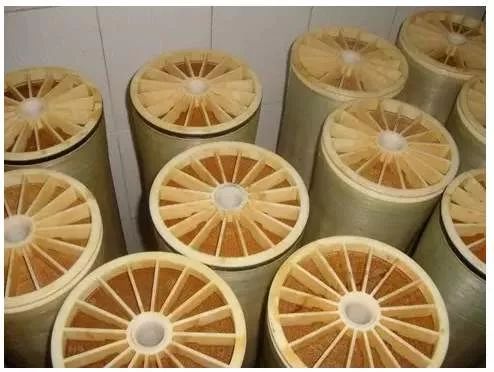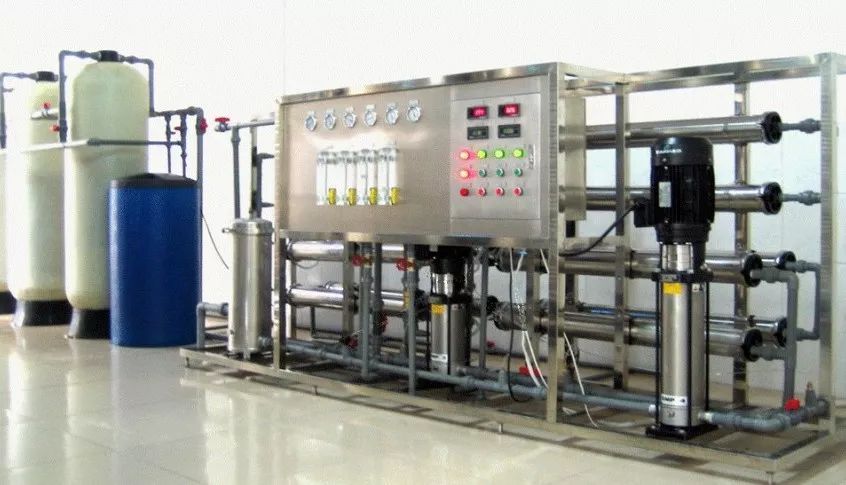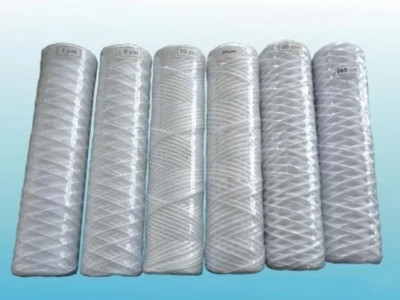September 23, 2022
Before using the RO plant, attention should be paid to check whether the appearance of the machine is normal, confirm that the normal items before the water and power supply can be connected, and if the RO plant fails, try to find out the essence of the problem from these failure phenomena, so as to implement countermeasures such as overhaul and maintenance as soon as possible.
Failure of RO plant usually occurs in the following situations.:
First, a decrease in water production when the operating pressure, conductivity is normal.
Second, a decrease in desalination rate after standardization, which is manifested in RO plant as an increase in the conductivity of the produced water.
Third, a decrease in water production after standardization, which usually requires an increase in operating pressure to maintain the rated water production, i.e., an increase in operating pressure.
1 standardized after the water production decreased
RO plant appears to reduce water production after standardization, the reasons can be found according to the following three situations.
(1) the first section of the RO plant to reduce water production, there is the deposition of particle-type pollutants.
(2) If the last section of the RO plant decreases in water production, there is fouling contamination.
(3) If the water yield of all segments of the RO plant is reduced, there is fouling.
2 standardized after the water yield decreases is one of the most common system failures, the possible causes of which are.
(1) reduction of membrane modules i.e. to operate according to the designed number of membrane modules.
(2) low pressure operation of the RO membrane i.e. to operate below the designed baseline pressure (possibly with a throttling valve).
(3) detection of membrane module pressure densities, i.e., when the RO membrane is operated at a pressure significantly above the reference pressure, membrane module pressure densities will occur and the membrane module must be replaced.
(4) A reduction in operating temperature, operating at a design temperature of 25 degrees.
(5) Operation at higher recovery rates, which increases the average influent/concentrate TDS and thus the permeate pressure. When operating at a recovery rate of 75% or more, the volume of concentrated water decreases, so that the concentration rate of water in the membrane module increases, resulting in a serious decrease in feed water quality, which, due to the increase in osmotic pressure of this feed water, leads to a decrease in water permeability and, in severe cases, precipitation of salt scale on the membrane surface, which must be produced at the designed recovery rate.

(7) The pressure difference of reverse osmosis rises during operation, improving the operation management of pretreatment, improving the water quality of reverse osmosis, cleaning the reverse osmosis components with medicine.
(8) The mixing of oil, note that oil should never enter the feed water, oil will contaminate the reverse osmosis membrane.
(9) ensure whether the filter element in the filter is replaced regularly, long time without replacement will lead to blockage of the filter element, thus affecting the feed water of reverse osmosis.
(10) The increase in feedwater conductivity, which will increase the osmotic pressure that must be overcome when the produced water passes through the membrane.
3 Water conductivity rise solution
(1) first of all, to confirm whether the valves are opened correctly, whether the ratio of pure water to concentrated water is correct.
(2) whether the inlet water conductivity is elevated, that is, whether the inlet water conductivity is higher than before
(3) whether the reverse osmosis membrane is contaminated such as inorganic fouling CaSO4, MgSO4, BaSO4, organic contamination, contamination of metal oxides, etc.
(4) whether the reverse osmosis membrane is in contact with strong oxidants (such as Cl2) and so on and degraded by strong oxidants. Any contact with oxidizing substances can damage membrane elements.
(5) O-ring damage or leakage, O-ring leakage will lead to a rapid increase in the conductivity of reverse osmosis water.
(6) Contact of reverse osmosis membrane with strong oxidizing substances such as Cl2, O3, etc., which are degraded by strong oxidizing substances oxidation.
4 Reasons and solutions for the decline in water production
(1) whether the RO reverse osmosis membrane is contaminated or blocked.
(2) Rise in feed water conductivity.
(3) The membrane module pressure is found to be dense, i.e., when the RO membrane operates under conditions that greatly exceed the benchmark pressure, the pressure of the membrane module will occur and the membrane module must be replaced.
(4) Whether the working pressure reaches the rated working pressure of the reverse osmosis membrane. According to the model of reverse osmosis membrane to determine the rated working pressure, appropriate to increase the inlet water pressure, can increase water production.
(5) The raw water contains a certain concentration of suspended matter and dissolved substances.
Suspended matter is mainly inorganic salts, colloids and microorganisms, algae and other biological particles. Dissolved substances are mainly soluble and insoluble salts, metal oxides, acids and bases, etc. In the reverse osmosis process, the volume of feed water is decreasing and the concentration of suspended particles and dissolved substances is increasing. Suspended particles are deposited on the membrane, clogging water flow paths and increasing frictional resistance (pressure drop). Insoluble salts, when exceeding their saturation limit, will precipitate out of the concentrated water and form scales on the membrane surface, reducing the flux of the RO membrane, increasing the operating pressure and pressure drop, and leading to a decline in product quality.
(6) The effect of water temperature.
Reverse osmosis membrane rated water yield is based on the design of 25 ℃, the temperature of each 1 ℃, the water yield decreased by 2-3%.
All the above factors make the reverse osmosis membrane water production gradually decline, the salt permeability gradually rise, the quality of pure water decline. In general, the service life of reverse osmosis membrane is 2~3 years. Reverse osmosis membrane should be replaced in time after damage, otherwise it will not only affect water production, but also deteriorate water quality.
Detailed Operating Instructions for Automatic Dosing Systems
December 26, 2024
Characteristics and Applications of Precision Filters
December 19, 2024




